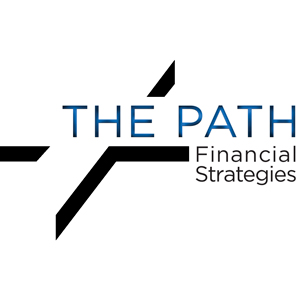Risk is everywhere, no matter how hard you try to avoid it. With financial risks, some are obvious, others are hidden. The big question is, which financial risks should you avoid, insure, or assume?
Inflation, interest rate, market volatility, and taxes are just a few risks that merit review. Inflation is perhaps most familiar, since you experience it every time it takes more cash to fill your gas tank or you pay the same price at the grocery store for a container that has shrunk in size. You also feel the weight of inflation when your teenager wants a car! Another form of inflation that’s more subtle is money sitting in a hidden spot in your home or tucked in an account that is bearing little to no interest. Though the money seems safe, it’s actually losing buying power. It’s important to have some money safely set aside, not exposed to significant risks, but the question is, how much? There is no magic number and opinions vary, so first consider how much money you would need in an emergency fund to cover major expenses over a two-year period. Determine the amount, set it aside, and update your commitment as income or obligations change. Another option, when appropriate, is shifting money to balance overexposure to inflation risk.
Understanding and managing interest rate risk is also very important, especially during retirement. This risk appears when your money is subject to rates that either change at varying times or are fixed for a period of time. Diversification – also known as not putting all your eggs in one basket – is key to successfully managing interest rate risk. Larger investments or longer holding periods are required for higher interest rates, so determine the purpose for your money before selecting the duration. The technical application of interest rate risks goes far beyond the scope of this article, but the bottom line is this: Interest rate risk deserves careful management.
Market risk is discussed more frequently today than ever before, partly because of the turbulence experienced in the stock market over the last decade. Employer-sponsored plans have made equity investments available to many, but again, diversity is key. The market experiences peaks and valleys, so proper asset allocation, rebalancing, and money designations in the market on a frequent basis can help lessen overall market risk. Again, before making any commitment it’s wise to know what you have planned for your money and how long before you may need it.
Tax risk and your current tax rate are important, as well. Young couples may plan for their financial futures using vehicles that allow pretax dollars to be put into an account. These dollars when used in retirement will be taxed at the couple’s current income rate. Because many couples have more deductible income now, due to mortgages and children, their effective income tax rate could be extremely low. It could be smart for them to look at some after-tax savings strategies.
Every facet of risk cannot be covered here, but knowing how risk relates to your money and your financial future may be the driving force for you to determine where, when, how much, and how frequently you expose your money to these risks. Balancing overall risk is an important element of financial planning.





